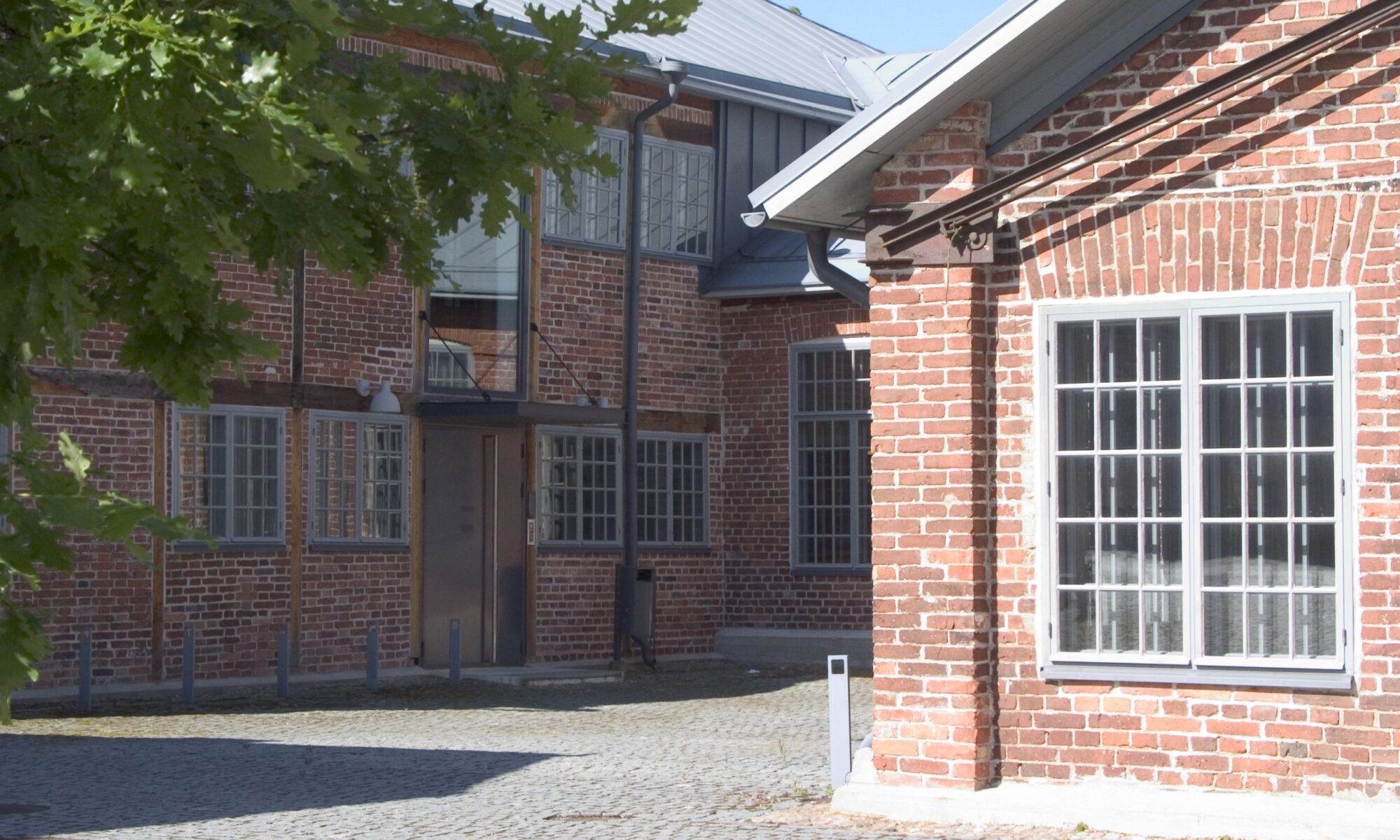Nataliia Vesnina, Aarhus University
Motion is omnipresent on our lives. It is something that we can observe and experience in the same way regardless of the language we speak. It has been noted, however, that languages differ with respect to how the concepts around spatial relations are lexicalized (Talmy 1991; Pourcel 2009; Slobin 2004; Zlatev et al. 2021). In particular, it has been claimed that Romance languages (and French in particular) are restrictive with regards to expressing manner of motion in tight telic constructions (Hickmann et al., 2017). French, unlike Swedish, has also been said to be a ‘lowmanner-salient language’ (Slobin, 2006) and a low-path-salient language (Ibarretxe-Antuñano 2009).
In this study, six short video stimuli presenting as stories and including various motion situations were used to elicit narratives from speakers of French and Swedish (20 participants in each group) which then were closely analyzed using Holistic Spatial Semantics (Blomberg, 2014) as a theoretical framework. The goal was not only to establish how languages differ with regards to strategies the speakers use to present motion events, but also to take a closer look at commonalities behind the two structurally divergent linguistic repertoires. A special attention was given to meanings that are “covertly expressed” (Blomberg, 2014). The term “covert expression” refers to meanings that are not explicitly coded but, nonetheless, implied by the speaker as stemming from the shared understanding of (a) the situation described or (b) knowledge of the world. Including covert expression into the analysis helps to overcome the notorious Pragmatics-Semantics divide and analyze how meanings are shared across languages regardless of whether they are linguistically coded or not.
In line with Pourcel & Kopecka (2005) the results show that French has low tolerance to semantic redundancy, hence frequent omission of linguistic unites encoding path, landmark and manner “inherent to an event” (Akita, 2017). As well as that, French and Swedish demonstrate different syntactic strategies for expressing complex motion situations (e.g. chaining VPs in French and complex paths expressed through a chain of particles/adverbs in Swedish). At the same time, preference for lexicalizing manner of motion inherent to the event over the concomitant one (Akita, 2017) is less observable in French which seems to rely more heavily on contextual and general knowledge and demonstrates a tendency for supplying information on manner of motion that cannot be inferred. These findings leave one to wonder how much of what is typically called “pragmatic inference” is universal.
References
Akita, K. (2017). The typology of manner expressions. A preliminary look. In Motion and Space across Languages (pp. 460). Amsterdam: John Benjamins Publishing Company.
Blomberg, J. (2014). Motion in Language and Experience: Actual and Non-actual motion in Swedish, French and Thai. In.
Hickmann, M., Engemann, H., Soroli, E., Hendriks, H., & Vincent, C. (2017). Expressing and categorizing motion in French and English. In Motion and Space across Languages (pp. 460). Amsterdam: John Benjamins Publishing Company.
Ibarretxe-Antuñano, I. (2009). Path Salience in Motion Events. In J. Guo, E. Lieven, N. Budwig, S. Ervin-Tripp, K. Nakamura, & S. Ozcaliskan (Eds.), Crosslinguistic approaches to the psychology of language: research in the tradition of Dan Isaac Slobin (pp. 403-414). New York: Psychology Press.
Pourcel, S. (2009). Relativistic Application of Thinking for Speaking. In D. I. Slobin & J. Guo (Eds.), Crosslinguistic approaches to the psychology of language: research in the tradition of Dan Isaac Slobin (pp. 493-503). New York: Psychology Press.
Pourcel, S., & Kopecka, A. (2005). Motion expression in French: typological diversity. Durham & Newcastle working papers in linguistics, 11, 139-153.
Slobin, D. I. (2004). The many ways to search for a frog: Linguistic typology and the expression of motion events. In S. Strömqvist & L. Verhoeven (Eds.), Relating events in narrative (Vol. 2, pp. 219-257). Mahawah, NJ: Lawrence Erlbaum Associates.
Slobin, D. I. (2006). What makes manner of motion salient? In M. Hickmann & S. Robert (Eds.), Space in languages: linguistic systems and cognitive categories (pp. 361). Amsterdam: John Benjamins.
Talmy, L. (1991). Path to Realization: A Typology of Event Conflation. Annual Meeting of the Berkeley Linguistics Society, 17(1), 480. Doi:10.3765/bls.v17i0.1620
Zlatev, J., Blomberg, J., Devylder, S., Naidu, V., & van de Weijer, J. (2021). Motion event descriptions in Swedish, French, Thai and Telugu: a study in post-Talmian motion event typology. Acta linguistica hafniensia, 53(1), 58-90. Doi:10.1080/03740463.2020.1865692
